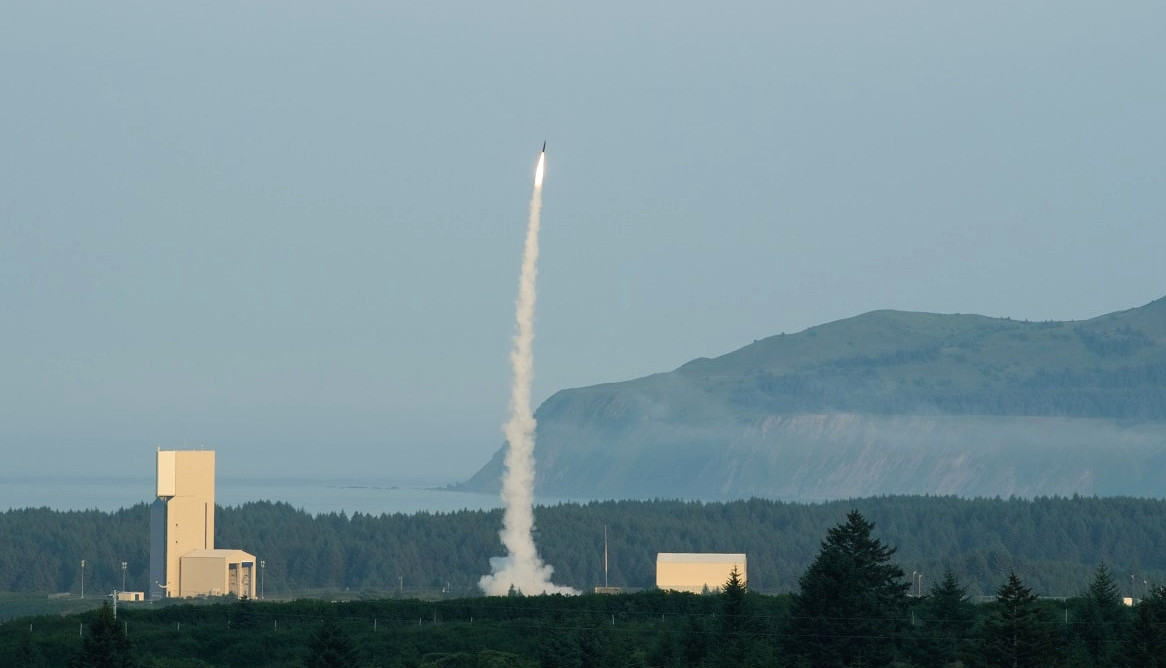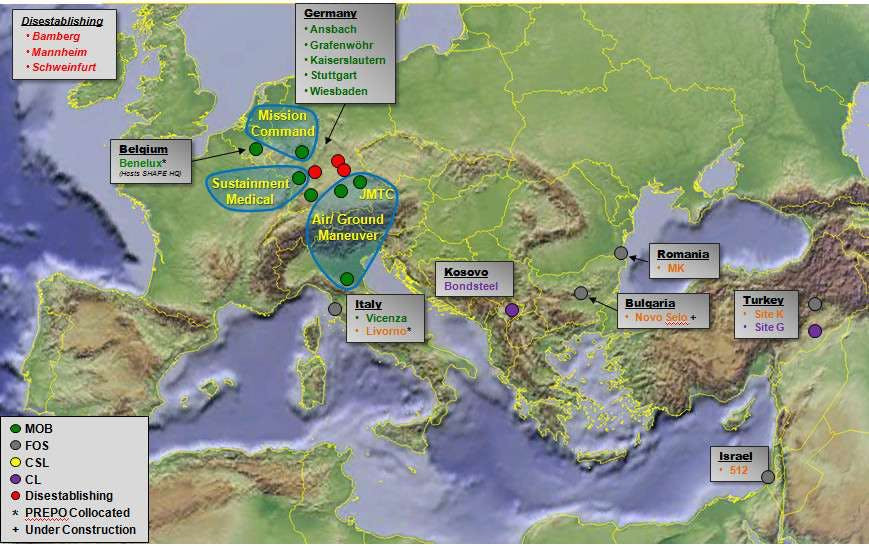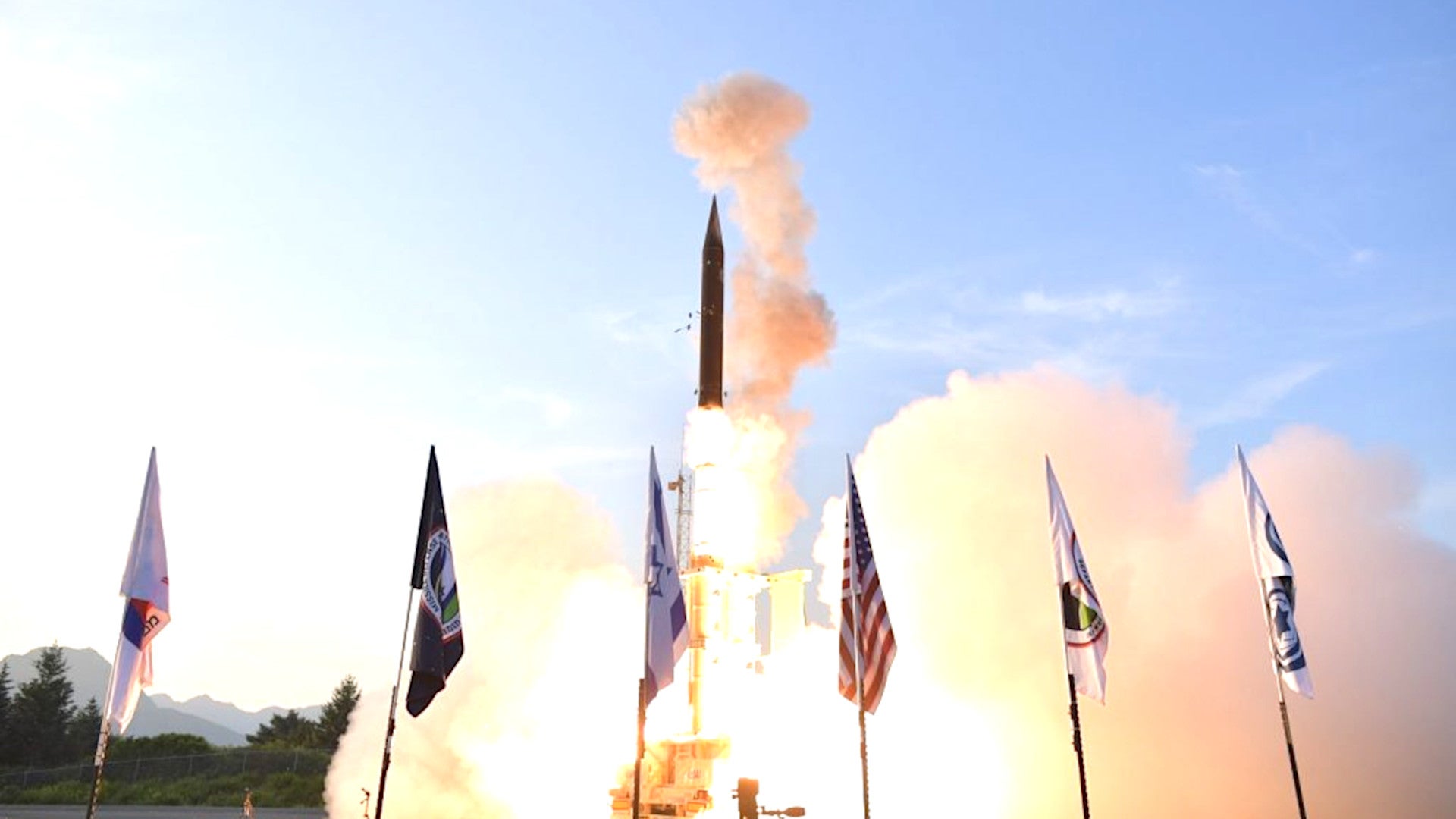Israel has conducted the first-ever tests of its Arrow 3 ballistic missile defense system outside of the country as part of more than a week of launches in Alaska. In announcing this testing had occurred, Israeli officials have also said that there is foreign interest in potential export sales of the system, which has been in development now for more than a decade.
The Israeli Missile Defense Organization (IMDO), in cooperation with the U.S. Missile Defense Agency (MDA), conducted the test campaign earlier in July 2019 at the Pacific Spaceport Complex-Alaska (PSCA) in Kodiak, Alaska. During the 10-day-long testing period, Arrow 3 system fired three interceptors on three separate occasions against mock ballistic missiles, successfully destroying each one, according to IMDO and MDA. Israel had originally hoped to conduct these Alaskan tests in late 2018, but had pushed the schedule back to “improve the system’s readiness,” the Israeli Ministry of Defense said at the time.
“Ten challenging years of development have culminated in this moment: the Arrow 3 weapon system completed a test campaign, during which an Arrow 3 interceptor completed full interception of the target,” IMDO Director Moshe Patel said in a statement on July 28, 2019. “This is an extraordinary operational and technological achievement for the State of Israel, made possible by thousands of employees, engineers, and officers from the Ministry of Defense, Israeli defense Industries, Israeli Air Force and our U.S. partners.”
Arrow 3 gives Israel the “ability to act against ballistic missiles fired against us from Iran and from any other location,” Israeli Prime Minister Benjamin Netanyahu declared during a cabinet meeting, also on July 28, 2019.

Israel Aerospace Industries (IAI) and Boeing have been developing Arrow 3, the latest member of the Arrow family, together since 2008 with heavy financial and other support from the U.S. government. The main reason why Israel decided to take Arrow 3 to Alaska now was to be able to conduct more representative tests of how the system might respond to threats coming from Iran or other locations at extended ranges.
The PSCA and its associated test ranges in the Pacific Ocean are far larger than the spaces Israel has available either over land or in the Meditteranean Sea. Israel has already test earlier Arrow variants on U.S. ranges in the Pacific region for the same general space-related reasons.
“Arrow 3 is too big for the state of Israel,” IMDO’s Patel told reporters at a gathering after the announcement of the conclusion of the tests. “It is supposed to be good against nuclear threats that are coming from Iran. We have limitations in our arena to conduct flight tests because of safety.”

That being said, IMDO has conducted a number of test launches and mock intercepts in and around the country. The most recent of these came in January 2019 when personnel at Palmachim Air Base in Central Israel had shot down another surrogate ballistic missile.
Neither IDMO nor MDA said what type of targets they had used to simulate potential threats during the Arrow 3 tests in Alaska, but MDA’s press release did describe the intercepts themselves as “exo-atmospheric.” This makes sense given that Arrow 3 is the uppermost tier of Israel’s ballistic missile defense shield. Reportedly able to engage any kind of ballistic missile, including high-flying intercontinental ballistic missiles (ICBM) moving at extremely high speeds, the interceptor carries a kinetic kill vehicle outside of the earth’s atmosphere to physically hit it target, destroying it in its mid-course flight phase.
Israel has used members of Rafael’s family of Sparrow ballistic missile surrogates, not to be confused with the U.S. Sparrow air-to-air and surface-to-air missile, to simulate hostile ballistic missiles during past tests of Arrow variants. The largest of these, the Silver Sparrow, reportedly emulates the Iranian Shahab-3 medium-range ballistic missile.
The United States has also regularly used PSCA to test its own ballistic missile defense systems, including the Terminal High-Altitude Air Defense (THAAD) system. So, it is very possible that the U.S. military might have provided the same types of air-launched ballistic missile surrogates it had used for its own missile defense tests in the past, as well.
The video below shows a U.S. Air Force C-17 cargo aircraft releasing an air-launched ballistic missile surrogate over the Pacific Ocean during a ballistic missile defense test in 2015.

In addition, MDA said it provided an X-band AN/TPY-2 radar to help with target detection and cueing, even though the Arrow 3 system uses Elta’s L-band Green Pine family of active electronically scanned array (AESA) radars for this purpose. This would have also offered a valuable chance to test the interoperability of AN/TYP-2 and the Arrow 3 system. The U.S. military has one of these radars forward-deployed at what is called Site 512 in Israel on top of Mount Har Keren in the Negev Desert.

The U.S. government’s most recent missile defense policy review underscored existing U.S.-Israeli cooperation and plans to expand those efforts. In addition, in March 2019, the United States military had deployed a THAAD battery to Israel for the first time as part of a demonstration of the U.S. military’s ability to rapidly bolster ballistic missile defenses for its own forces, as well as its allies, during crises.
The announcement of the Arrow 3 tests also came just days after Iran fired a Shahab-3 at a mock target within its borders, but the timing appears to be entirely coincidental. That launch comes amid simmering tensions in the Middle East, particularly between the regime in Tehran and the United States, as well as the United Kingdom, over a host of issues. This includes Iran’s Islamic Revolutionary Guard Corps’ (IRGC) seizure of a British tanker, the IRGC’s shootdown of a U.S. Navy Global Hawk drone, and much more, all of which The War Zone
Still, the Shahab-3 launch underscores a growing concern about ballistic missile threats, particularly from Iran and its proxies, throughout the region. American partners, notably Saudi Arabia, are in the process of dramatically expanding their ballistic missile defense shields. The Saudis have also reportedly started their own ballistic missile development program, possibly with Chinese assistance, another example of how this technology is only continuing to proliferate in the Middle East, as well as around the world.

With this in mind, it’s not necessarily surprising that IMDO’s Patel says there is has been foreign interest in buying Arrow 3. “There is in interest regarding possible exports of the Arrow-3 system overseas,” he told reporters, though he declined to name any countries in particular.
As already noted, Israel could see a number of potential customers for Arrow 3 just in its own neighborhood. U.S. defense contractors Lockheed Martin and Raytheon have already seen considerable success in selling lower-tier THAAD and Patriot surface-to-air missile systems, respectively, to countries throughout the Middle East, including Saudi Arabia, the United Arab Emirates, and Qatar. Still, it might remain too politically precarious for Arab countries to purchase an Israeli-made system, even with significant American involvement in the program.
However, ballistic missile threats are hardly limited to the Middle East. North Korea’s expanding missile programs, to say nothing of China’s ballistic missile arsenal, could spur interest in Arrow 3 in East Asia from countries such as South Korea or Japan. India, which is a major customer for Israeli-made weapons and other military equipment and is working on its own domestic ballistic missile defense architecture, might be interested in the system, too. It is possible that the two countries could enter into a partnership to develop a local Arrow variant, as well.
Some European countries might have an eye toward establishing more robust ballistic missile defenses given Russian developments, too.
All this being said, just with Iran’s continued ballistic missile developments, Israel, as well as the United States, have enough incentives to continue further refining and testing Arrow 3. But with the threat of ballistic missiles becoming more omnipresent internationally, there’s a good chance that sales of this ballistic missile defense system, not just testing, will not be limited to within Israel’s borders.
Contact the author: joe@thedrive.com
